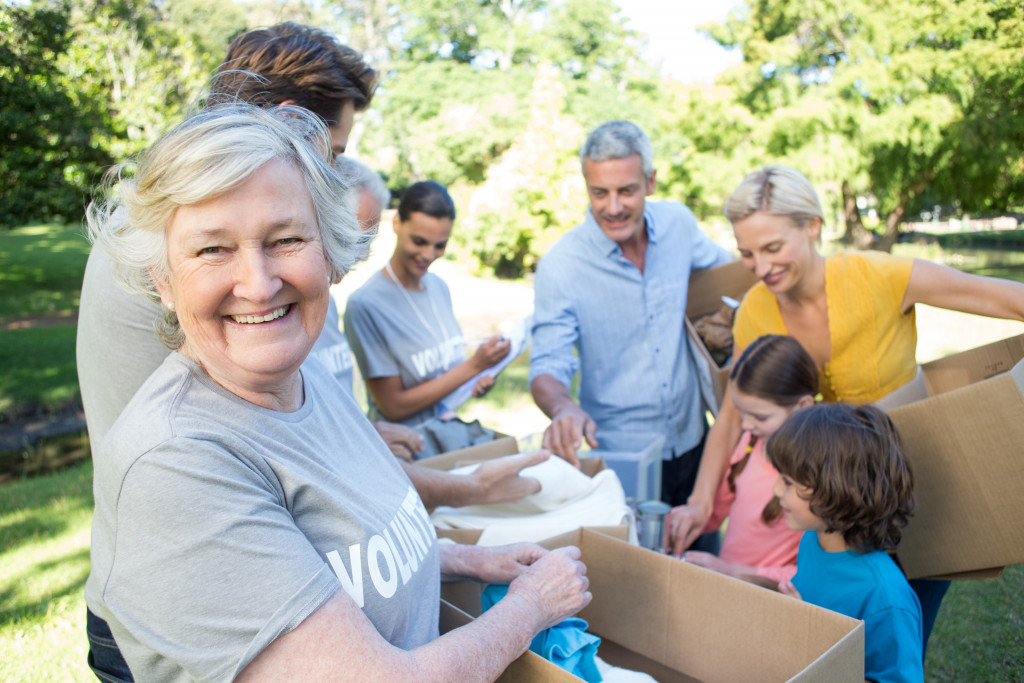Communities need to be safe and secure for all members. This includes ensuring that everyone is safe from violence, crime, and other dangers.
It is also vital for communities to have a sense of trust and security so that people feel comfortable and safe interacting with one another. A safe and secure community is a valuable resource for its members and contributes to the overall quality of life in the area.
An emergency response system is essential for communities because it ensures that people can get help quickly in an emergency. It’s vital for communities if they want to stay safe. It’s even more critical now that crime rates have increased.
When there is an emergency, every second counts, and it is essential to have a system in place that can quickly mobilize resources to help. An emergency response system can save lives and prevent injuries by getting help to people who need it quickly. It is also crucial for communities to have a plan for emergencies so that everyone knows what to do in case of an emergency. A well-functioning emergency response system is critical for the safety of a community.
There are many ways that communities can improve their emergency response system. Here are seven of them:
Improve communications
Improving the emergency response system enhances communication between the different agencies involved. This includes ensuring a clear and concise plan for how the information will be shared between agencies. It also includes making sure that all agencies have the same information so that they can coordinate their efforts.
It’s also good to have interoperability in law enforcement within your area. This can help the emergency response system operate more efficiently and coordinate efforts better.
Conduct regular training
Another important step for improving an emergency response system is conducting regular training exercises to familiarize everyone with their roles in a crisis. This helps ensure that everyone knows what to do and can work together efficiently in an emergency.
It’s also essential to test the emergency response system regularly to ensure that it is still functioning correctly. This can help identify any problems that need to be fixed and help keep the community safe. In addition, this can teach everyone how to respond effectively when there is an emergency and allow them to get used to working together during these events.
Encourage community involvement
Communities can also improve their emergency response systems by encouraging greater community engagement and participation in safety initiatives.
Having input from the community on things like emergency planning and coordination can be helpful, as well as involving people directly in public safety programs like crowd control or disaster responses.
Moreover, they can do neighborhood watches. Neighborhood watches have been known to reduce crimes in specific communities, and it’s one of the best ways the community can get involved.
Develop strong partnerships
To have an effective emergency response system, communities need to develop strong partnerships with local law enforcement, fire departments, and other agencies.
These partnerships are important because they allow for better coordination of resources and information sharing between agencies. They also help build trust between the community and these agencies, essential for an effective emergency response system.
Increase funding
Emergency response systems need to be properly funded to function effectively. This means that communities need to provide adequate funding for these systems to maintain the equipment and personnel necessary to respond effectively to emergencies.
In addition, communities should consider investing in new technologies that can help improve the emergency response system. These technologies can include things like better communications systems or improved tracking capabilities.

Utilize Security Systems
Another way to improve the emergency response system is to utilize security systems like video cameras, alarms, and other monitoring tools. These systems can help by providing real-time data used as part of a coordinated response.
By implementing these strategies, communities can create more robust and more effective emergency response systems that help keep people safe in an emergency.
Increase Awareness
Finally, one of the most critical things communities can do to improve their emergency response system is to increase public awareness about what to do in case of an emergency.
This includes things like distributing information about evacuation routes and safety procedures. It also means educating people about how to use 911 and other emergency services properly.
By increasing awareness, communities can help ensure that everyone knows what to do in an emergency, which can help save lives.
Whether it’s through public awareness campaigns or community outreach efforts, there are many ways that communities can work to improve their emergency response systems. By prioritizing safety and investing in their emergency response capabilities, they can create a stronger and more resilient community for all residents.

